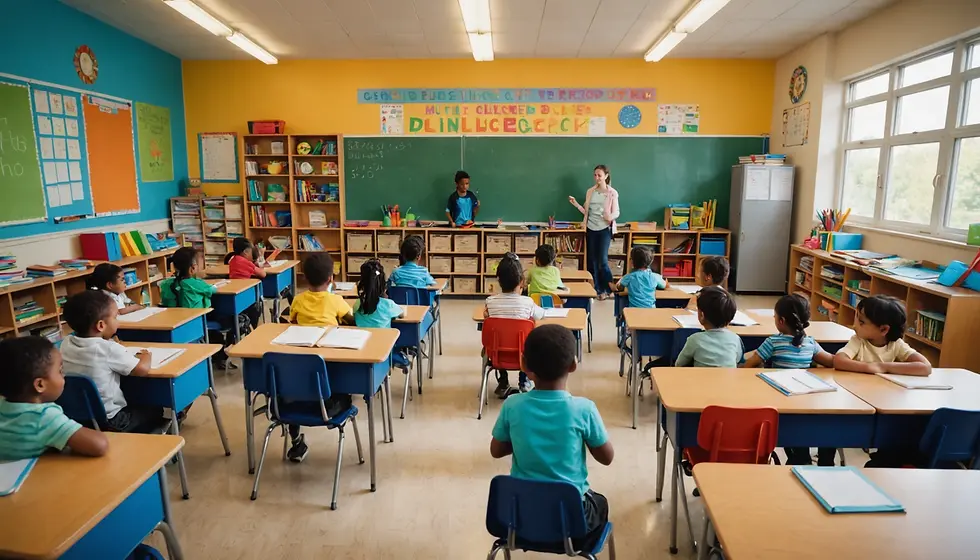Are Kids Really Superheroes? Understanding the Wild World of Child Immune Systems
- sandro ginouves

- 18 dic 2024
- 2 Min. de lectura

Have you ever noticed how quickly kids recover from illnesses, often seeming to bounce back sooner than adults? It’s almost as if they possess a hidden superpower. Children’s immune systems, while still developing, are uniquely equipped to handle pathogens. Understanding how these differences arise and their connection to homeostasis can provide valuable insights. Let’s explore the fascinating world of child immune systems together!
The Basics of the Immune System
The immune system is our body's defense against harmful pathogens, including viruses and bacteria. In adults, it is fully developed, operating efficiently to recognize and eliminate invaders. In contrast, children's immune systems are still learning how to defend against these threats.
Picture this: a kid's immune system is like a military recruit in training. As children encounter various germs while playing and exploring, they are building their immunity. Studies show that children can be exposed to over 3,000 different strains of bacteria during their early years, helping their bodies adapt and respond more effectively as they grow.
Over time, this continuous exposure to pathogens allows their immune systems to develop robust defenses, often leading to quicker recoveries from illnesses as they mature.
The Role of Homeostasis
Homeostasis is essential for maintaining a stable internal environment, allowing the body to function optimally despite external changes. For both children and adults, this includes regulating vital functions like temperature and pH levels.
Children, however, face unique challenges. With their still-maturing systems, they often struggle to maintain balance during illnesses. For instance, when sick, a child's body might react with symptoms like fevers or rashes as it works to stabilize itself. In fact, about 25% of children with infections experience a fever as a primary symptom, indicating an active immune response.

In contrast, adults typically manage to maintain homeostasis more effectively, often navigating minor illnesses without obvious symptoms.
Differentiating Responses to Illness
When battling infections, children tend to exhibit stronger symptoms compared to adults. This can be alarming for parents, but stronger reactions often signify that a child's immune system is actively fighting the illness.
Research shows that in children, immune responses can be up to 40% more vigorous than in adults, due to their developing systems. Consequently, parents might find their children experiencing colds and fevers more frequently. Interestingly, a study indicated that children catch an average of six to eight colds each year, significantly more than the average adult.
This heightened response is part of the learning process for their immune systems, which helps them better recognize and tackle pathogens in the future.
Summing It Up
While kids may not wear capes, their immune systems possess remarkable abilities. The way their bodies react to threats and the ongoing development of their immune functions create an intriguing dynamic. Understanding the differences in immune responses and homeostasis can ease parents' concerns about their children's health.
So, the next time your little superhero catches a bug, remember: it's all part of their journey to strengthen their immune system for the adventures that await!
Are kids truly superheroes? Absolutely—just in their own unique and powerful way!







Comentarios